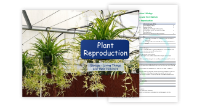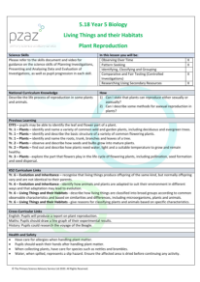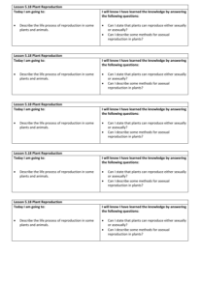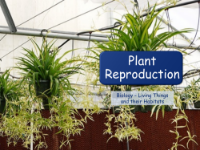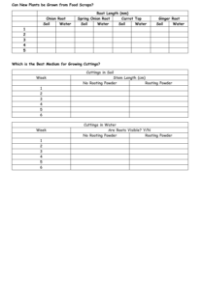Plant Reproduction - Self Assessment
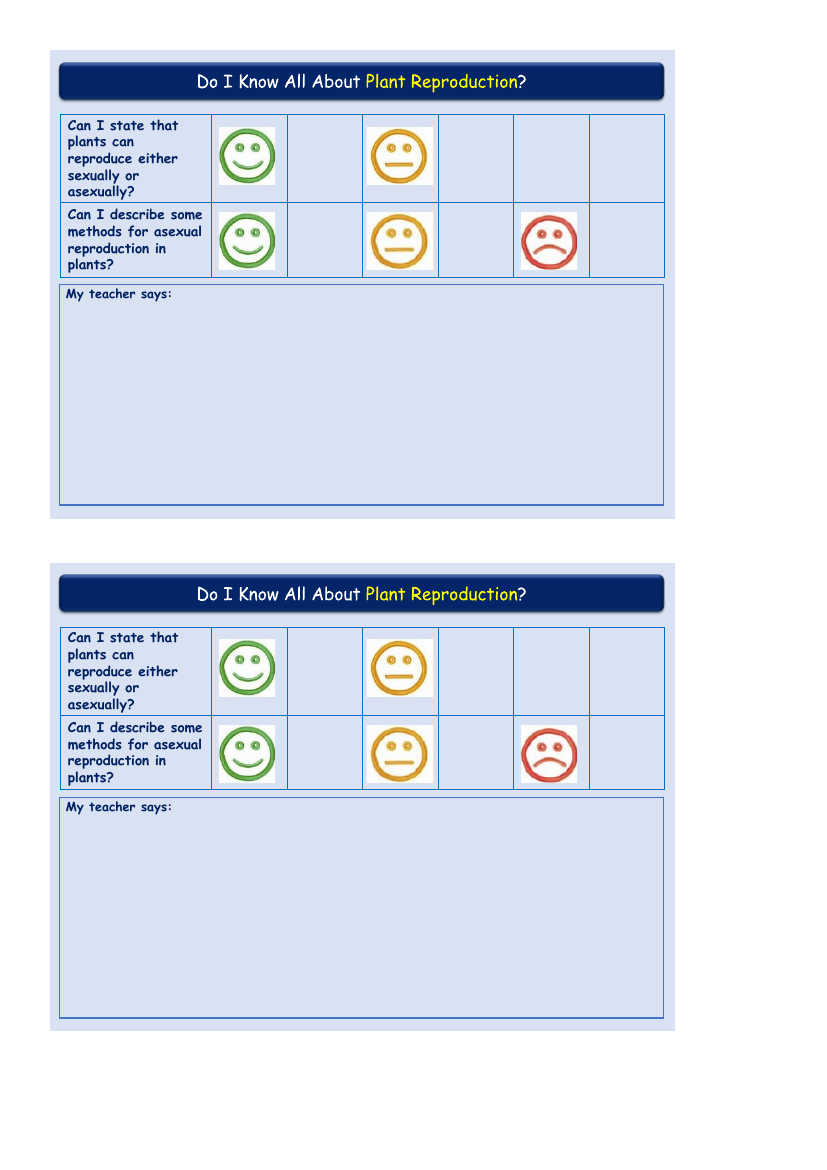
Science Resource Description
In the realm of plant biology, understanding the modes of reproduction is fundamental. The self-assessment for students begins with the ability to affirm that plants have two primary modes of reproduction: sexual and asexual. This foundational knowledge sets the stage for further exploration into the fascinating ways in which plants can propagate. The assessment then progresses to gauge whether students can describe various asexual reproduction methods. Asexual reproduction in plants includes a range of techniques that do not involve the fusion of gametes and can result in offspring genetically identical to the parent plant.
The teacher's role in this self-assessment is to ensure that students can confidently state the two modes of plant reproduction and articulate the different methods of asexual reproduction. Such methods may include vegetative propagation through runners, bulbs, tubers, and cuttings, as well as more complex processes like layering or grafting. The assessment is designed to encourage students to reflect on their understanding and to identify areas where they may need further clarification or study. The teacher's feedback is crucial in guiding the students towards a comprehensive understanding of how plants continue their species, both with and without the exchange of genetic material.

